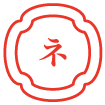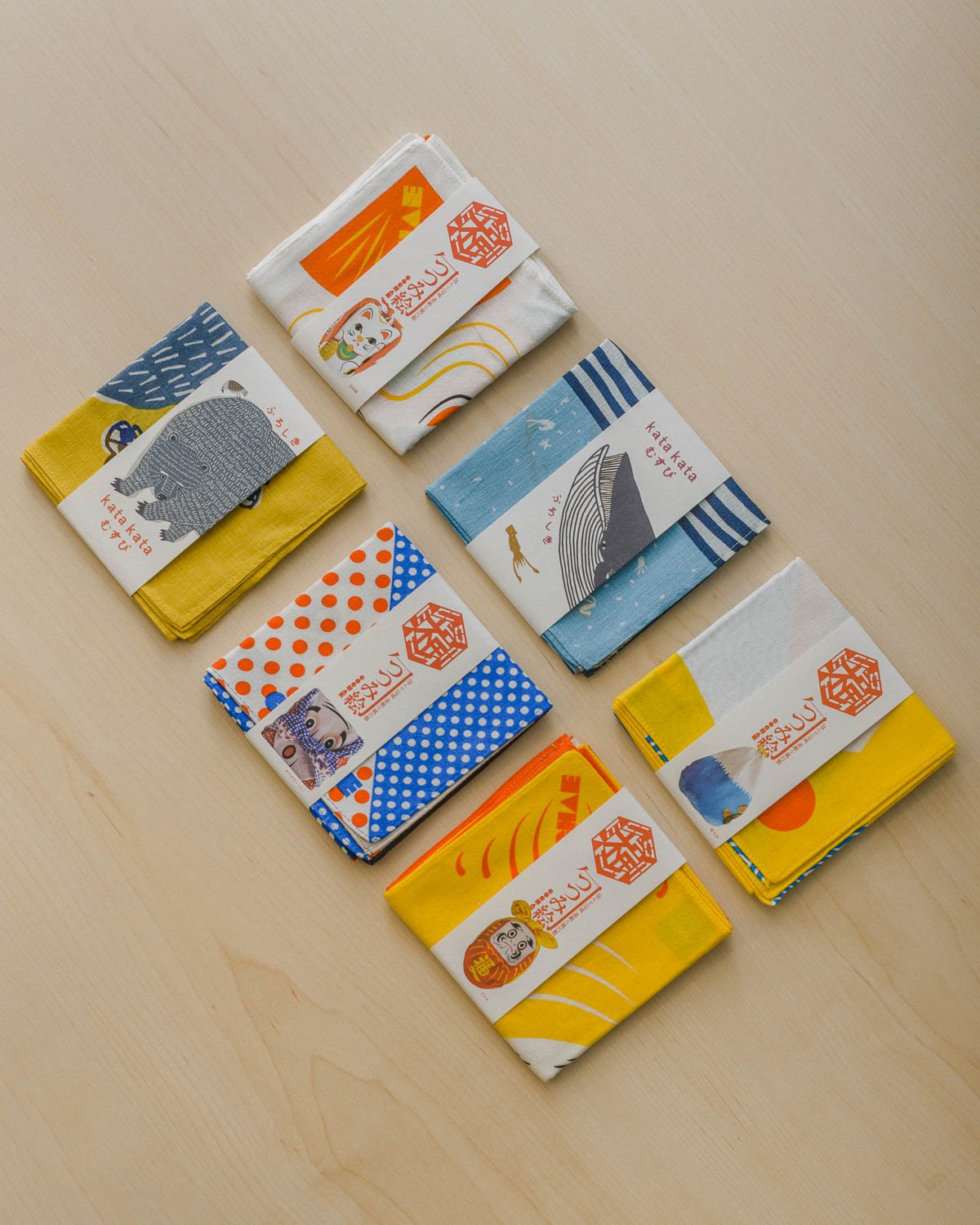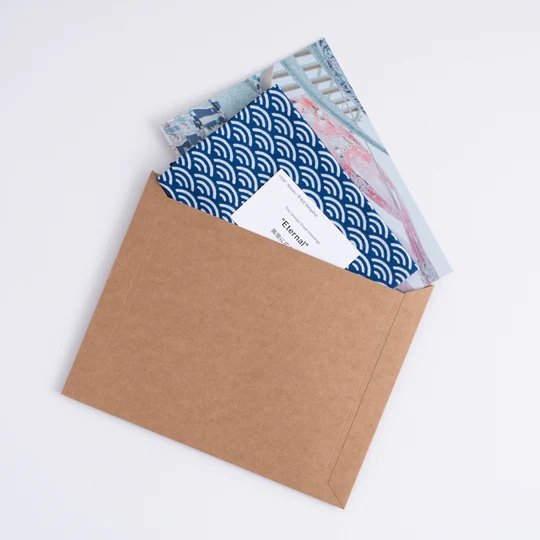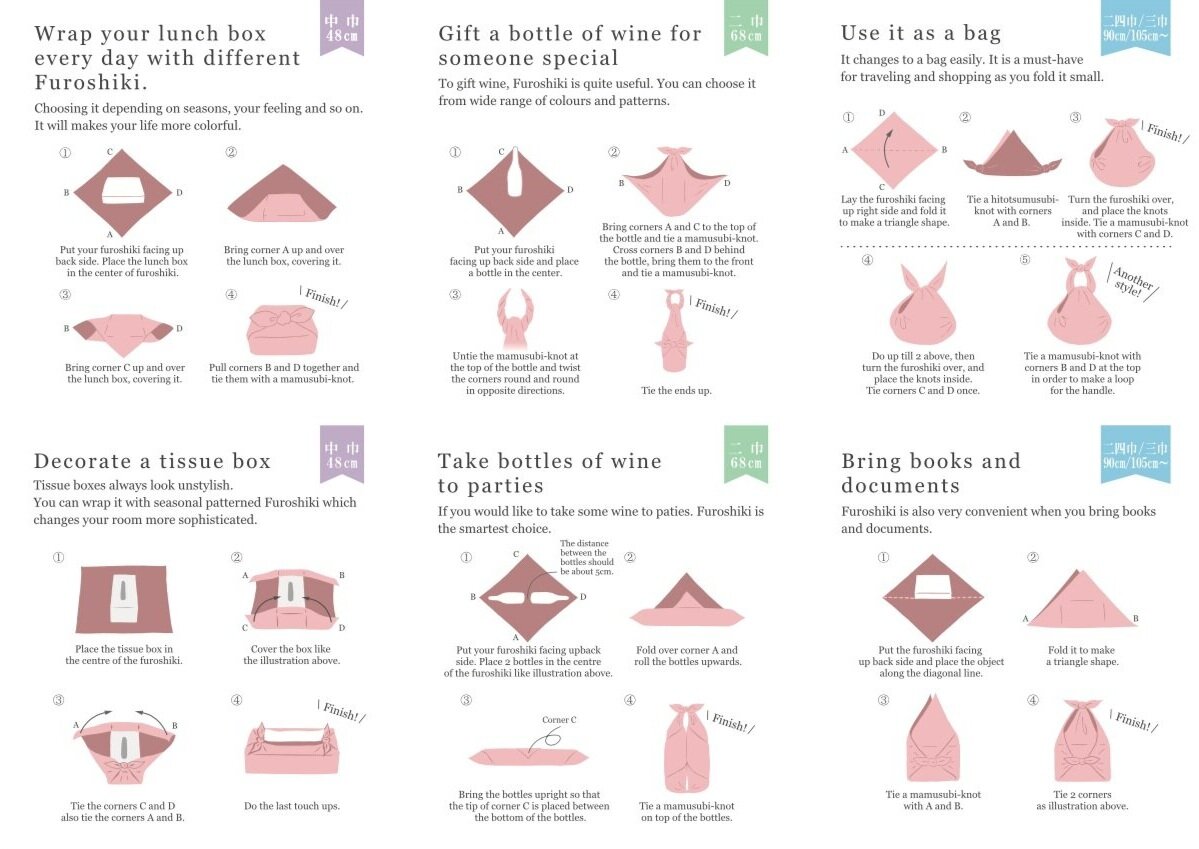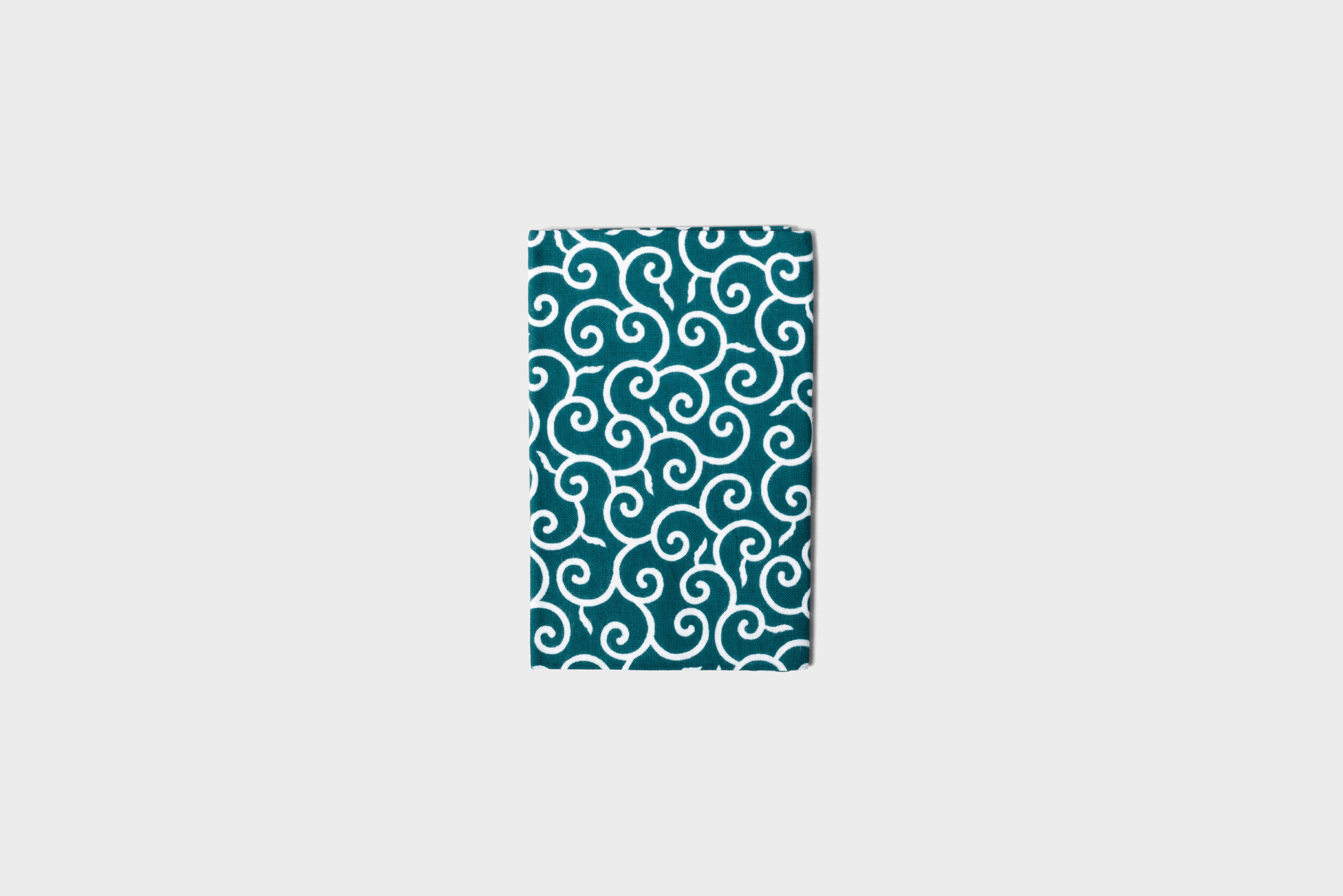Japanese Wrapping Techniques Using Tenugui & Furoshiki
“Tenugui and Furoshiki cloth are both iconic parts of Japanese culture, blending art with practical use. ”
History of Tenugui & Furoshiki
The tenugui, a thin cotton towel, was first used by nobles in religious ceremonies way back in the Heian period (794-1185). As cotton became more common, everybody started using tenugui for things like wiping their hands, or as a stylish headband.
The furoshiki is a larger square cloth that has been around since the Nara period (710-794). "Furoshiki" means "bath spread," as people used it to wrap up their clothes at public baths. As time went on, people found lots of other uses for furoshiki, like carrying or storing things. During the Edo period (1603-1868), it became popular to decorate furoshiki with beautiful designs.
Both tenugui and furoshiki show the Japanese idea of mottainai, or not wasting things. These cloths can be used in many different ways, and they're also part of the art of origata, the special way of wrapping gifts in Japan.
Japanese Wrapping Methods
Tenugui
As Gift Wrap
Small gift with a Letter
For Bycicle
Pouch
Photo & Video Credit to Kamawanu
Furoshiki
Photo Credit to Musubi
